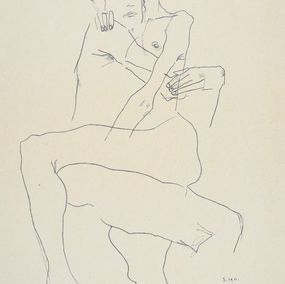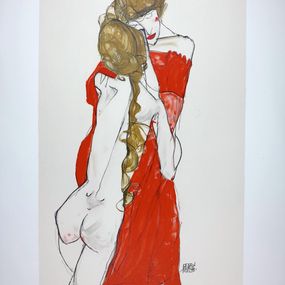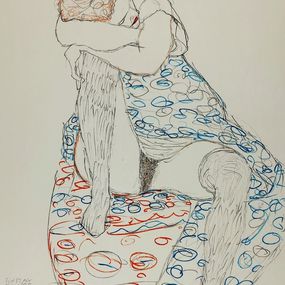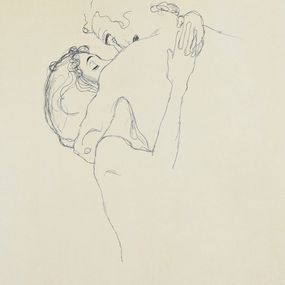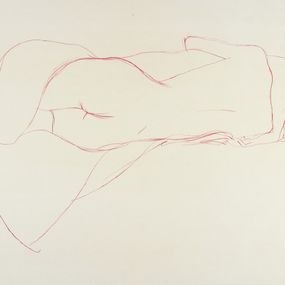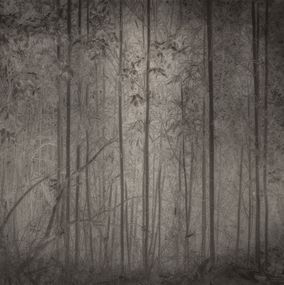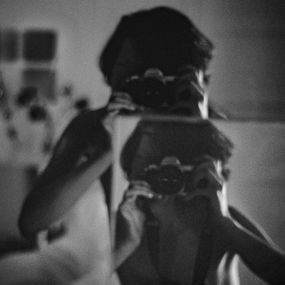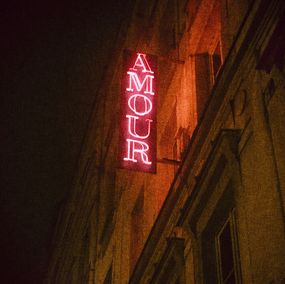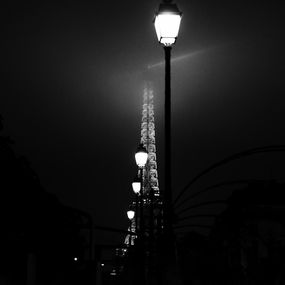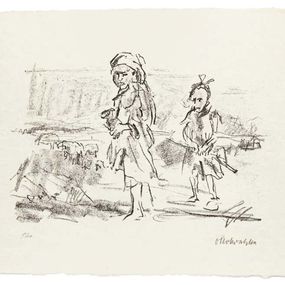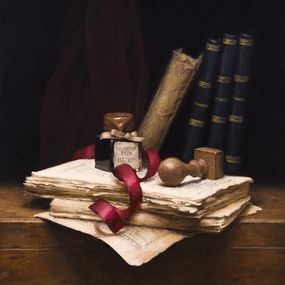
Movement The Vienna Secession
One of the most influential movements to mark the turn of the Fin de siècle, was the Vienna Secession. A product of rebellion, artists aimed to redefine what art was. They embraced internationalism in the art world, and officially began the modern art period in Austria. The secessionists were highly critical of the traditionalism of cultural institutions in Austria, and in 1897, Gustav Klimt, Egon Schiele, Koloman Moser, Joseph Maria Olbrich, Carl Moll, Max Kurzweil and others, left the Association of Austrian Artists, setting up the The Vienna Secession.
Gustav Klimt was the first president of the Secession, embodying new aesthetic influences that transcended the artistic canon and “Collectif Küstlerhaus." The Secession sought to develop a movement that didn't conform to one specific style, but rather celebrated a cross-over between painting, sculpture, architecture and decorative arts; bridging the gap between genres.
This merging of styles was manifested physically in 1898 when the Secessionists created their own permanent exhibition space in the Karlspaltz town square. Designed by Olbrich, the interior of this building oscillated between graphic design, sculpture, painting and architecture, and invited many other creatives to contribute to its decoration. This included figures such as, Max Klinger, Charles Rennie Mackintosh and Arnold Bocklin. “Der Zeit ihre Kunst. Der Kunst ihre Freiheit" (To every age its art; to every art its freedom) was engraved into the entrance of the structure, reminding all those who entered that this was a space of humility and pure artistic liberation.
Often referred to as “Art Nouveau" (“Judendstil" in German), the Secessionists created a Viennese branch of this movement where they incorporated more organic elements in their works. This resulted in more floral and fluid designs which were intertwined with feminine motifs, as opposed to the structural expressions of art nouveau.
Discover the great names to remember from this movement:
- Gustav Klimt's works utilised the female nude, Japanese influences and mythical and biblical allegories to create highly stylized and sensual compositions.
- Koloman Moser, along with Klimt, he was one of the founding members of the movement. He is particularly known for the scenography of the exhibitions by the Secessionists.
- Oskar Kokoschka influenced by Freud's analysis of dreams, he used unsettling compositions and a garish colour palette, to convey the increasing anxiety amongst the Vienna bourgeoisie during this period.
- Otto Eckman a painter and engraver, Eckman is considered to be one of the main figures of floral Jugenstil.
- Josef Hoffman created his own style where he fluctuated between geometric, ornamental and architectural styles to create unique works.
With Artsper, trace the sinuous compositions of the best contemporary artists, whose pure forms and floral ornaments will illuminate the walls they adorn. Artists such as Chuck Sperry, Dominik Jasinski, Valentine Burlan and Kira Ren have been inspired by this movement, which has given them a new perception of how art can be seen and created.









